Joyeuse "The Charlemagne Sword" Oakeshott Type XII
Nov 12, 2013 11:29:52 GMT
Post by Jack Loomes on Nov 12, 2013 11:29:52 GMT
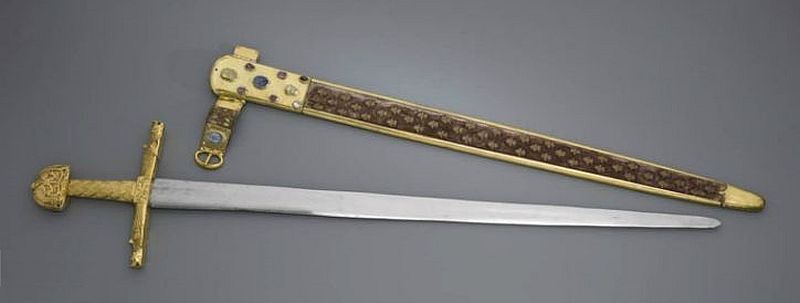
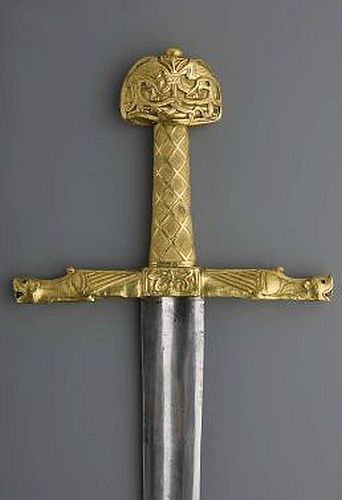
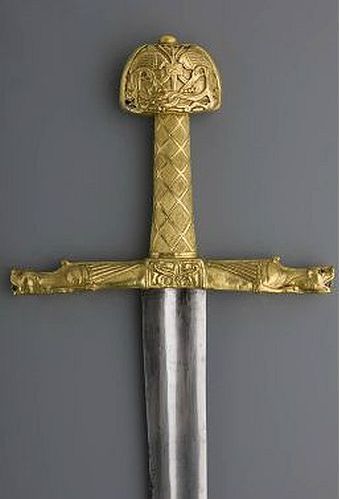
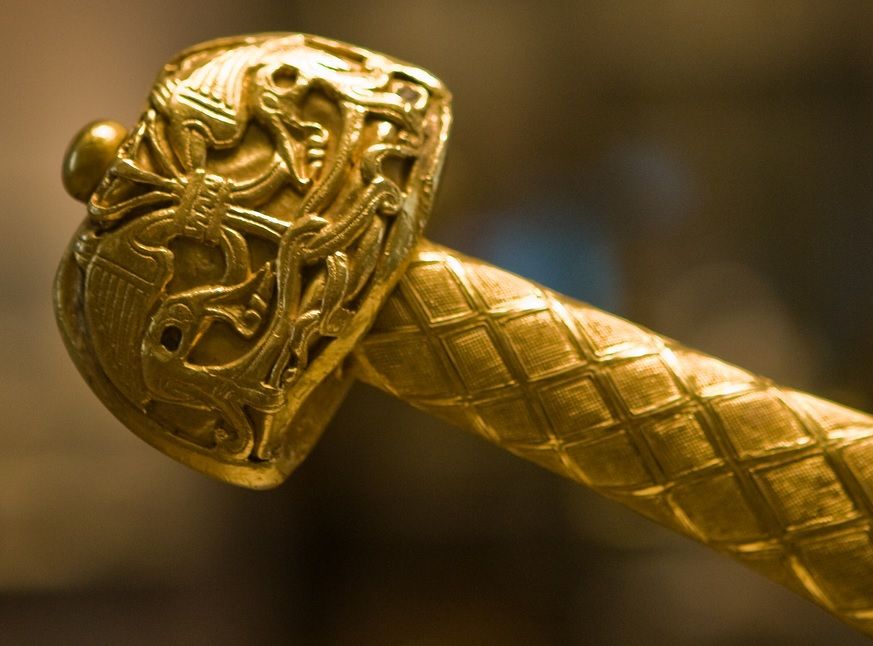
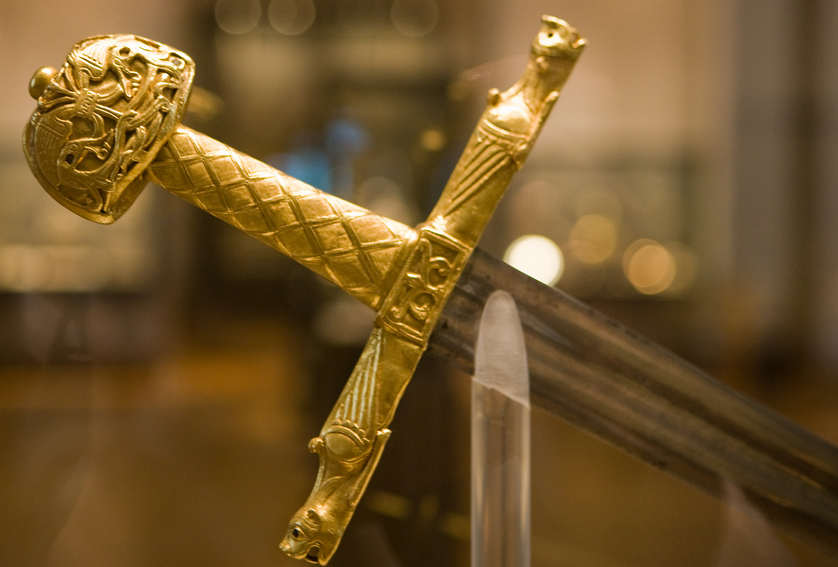
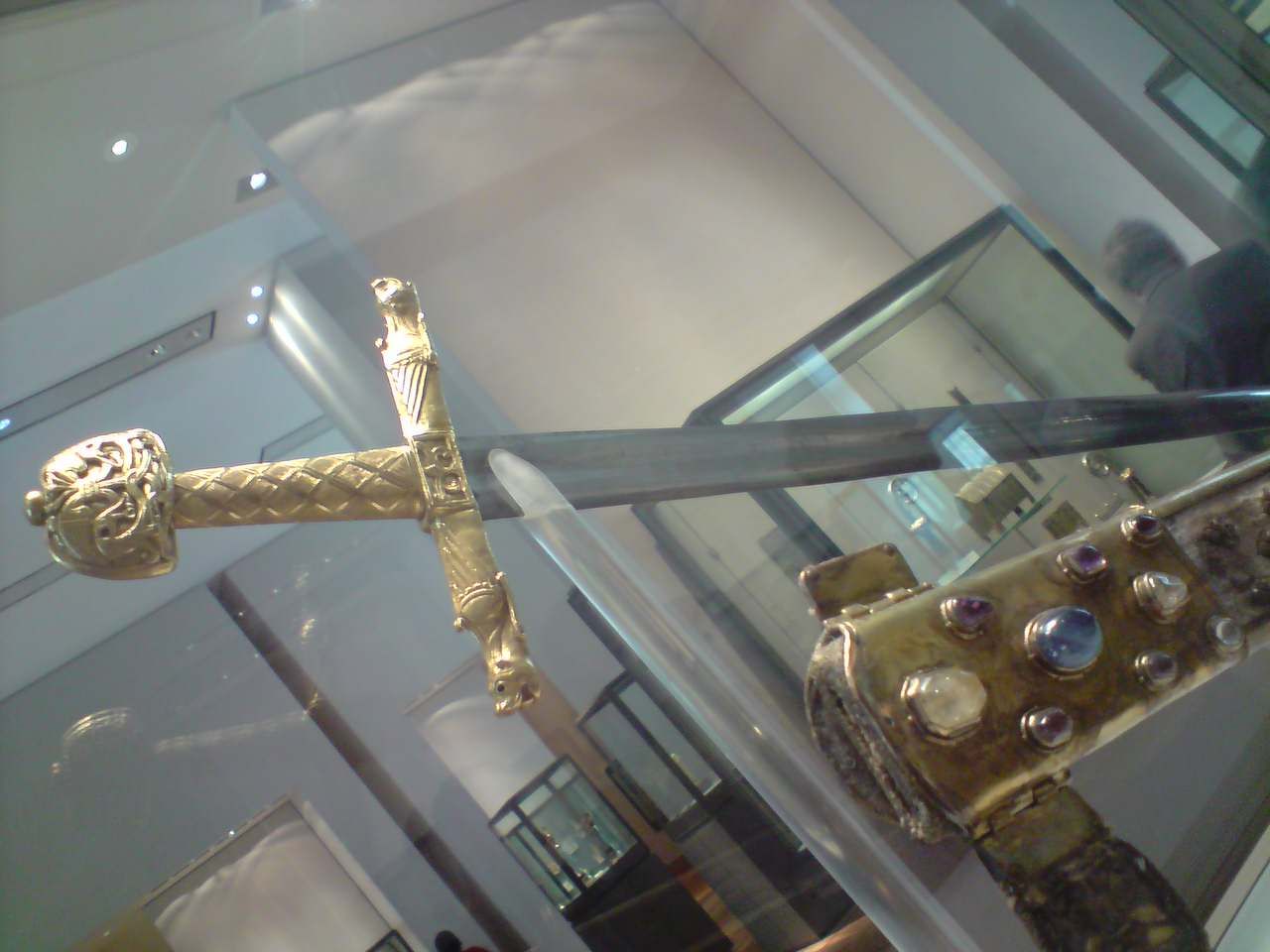
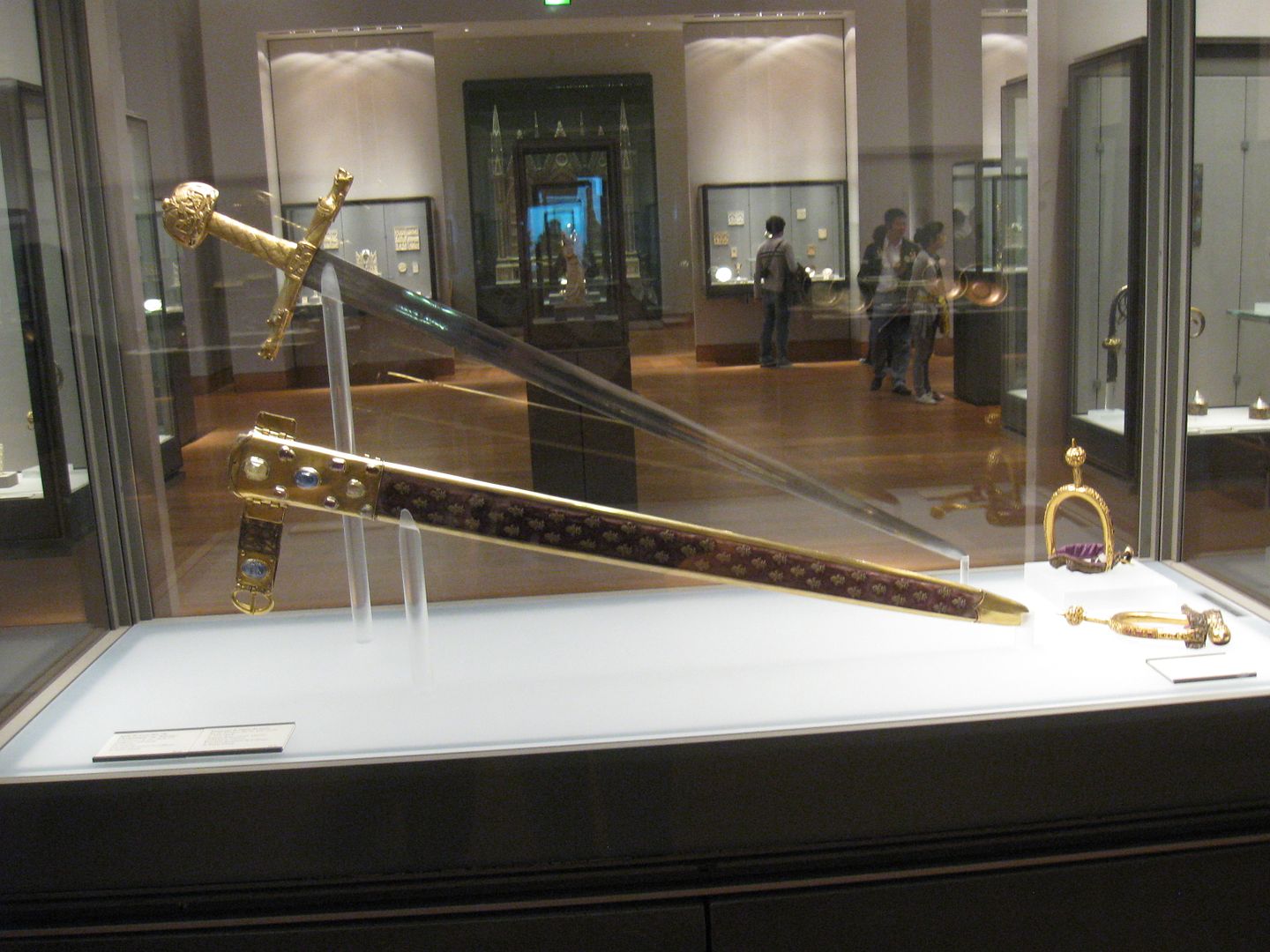
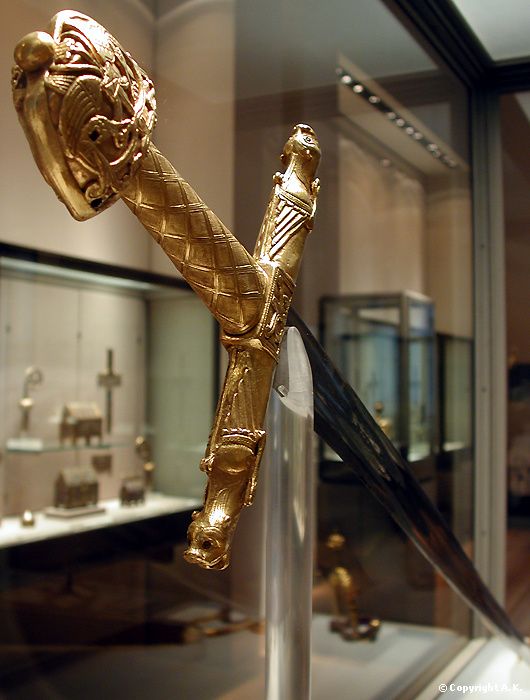
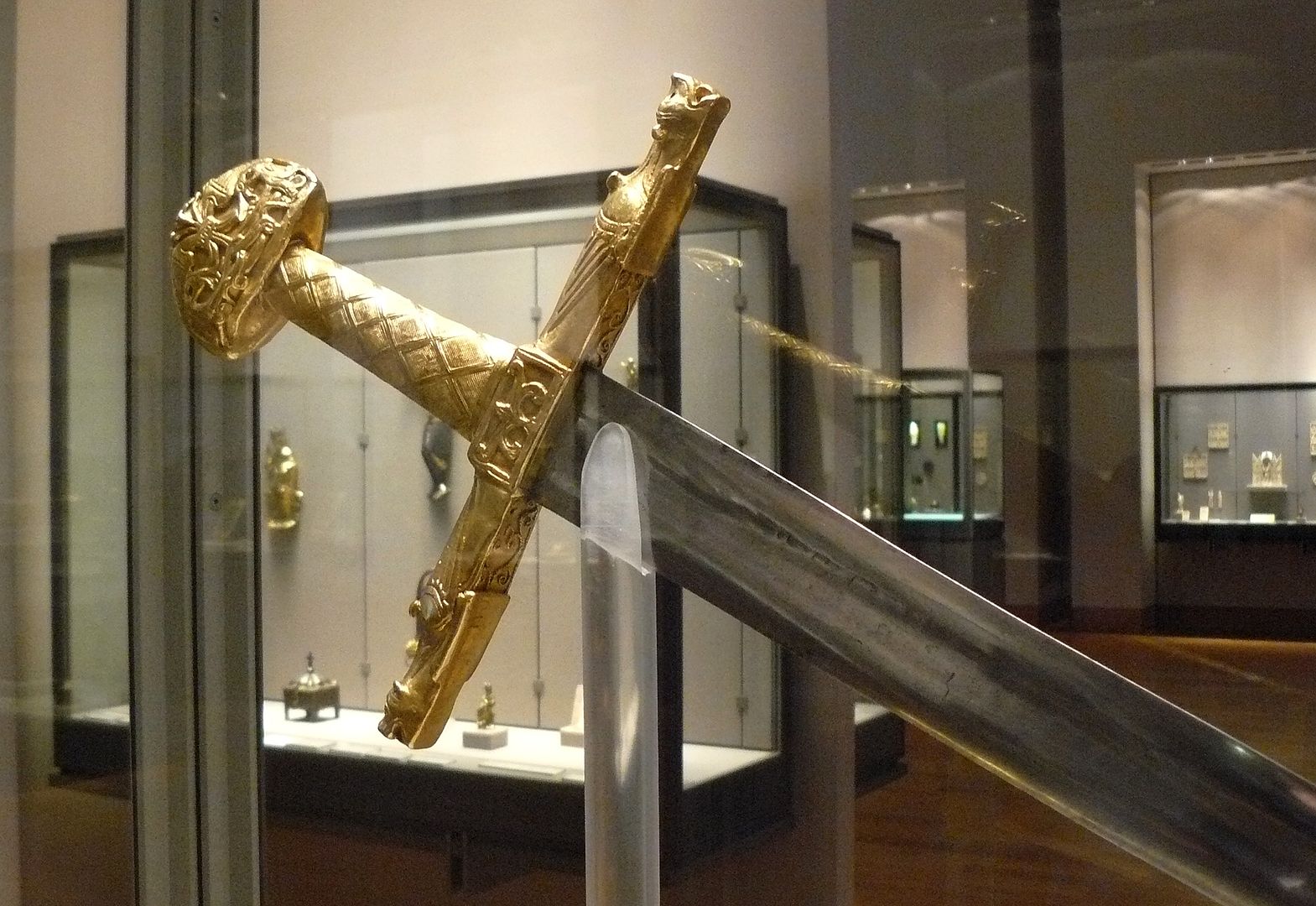
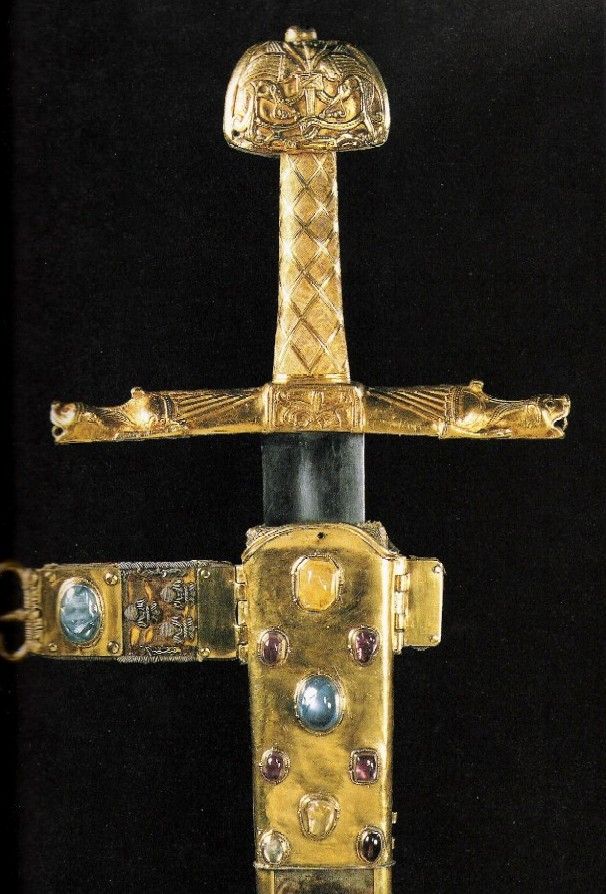
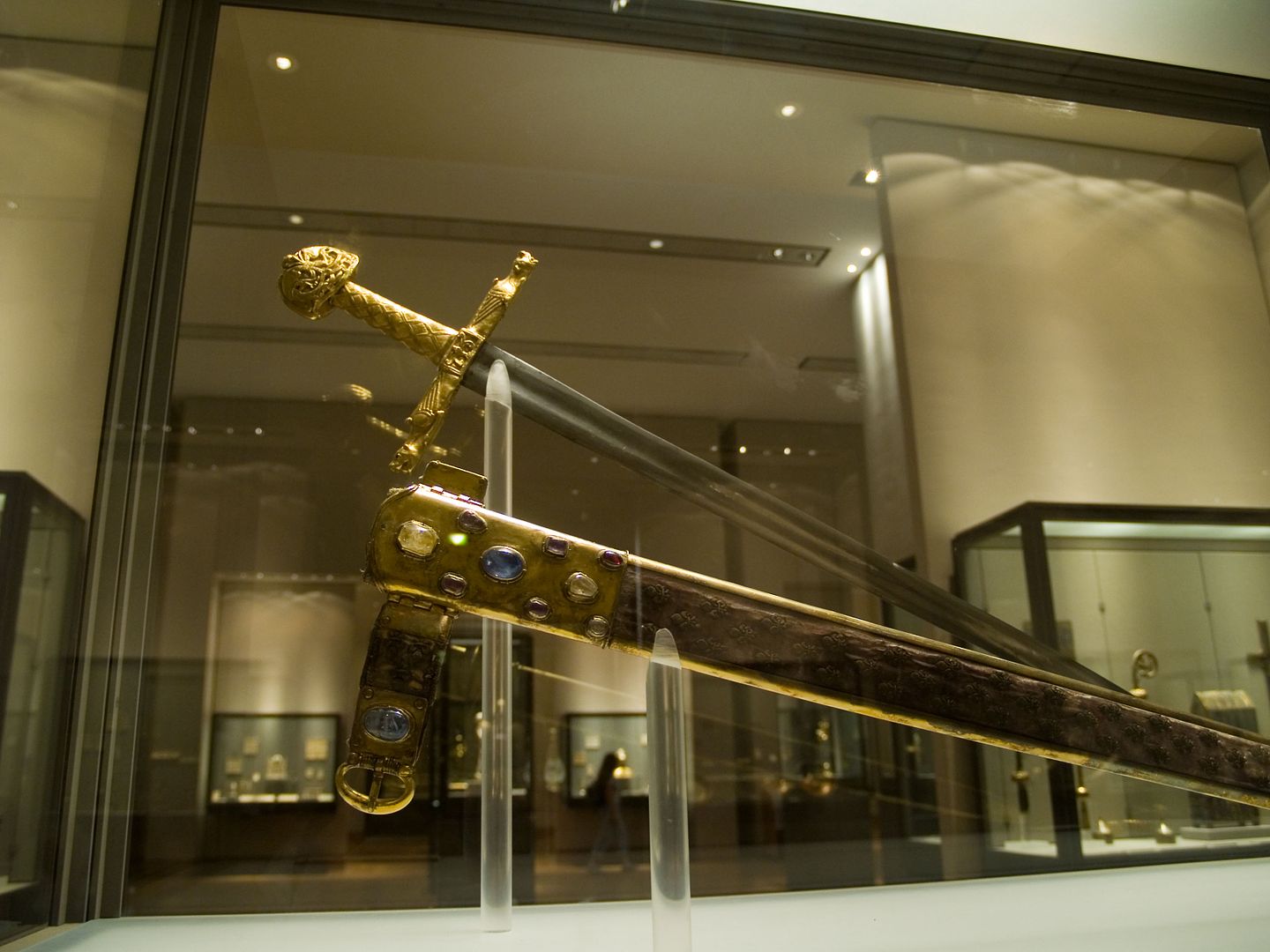
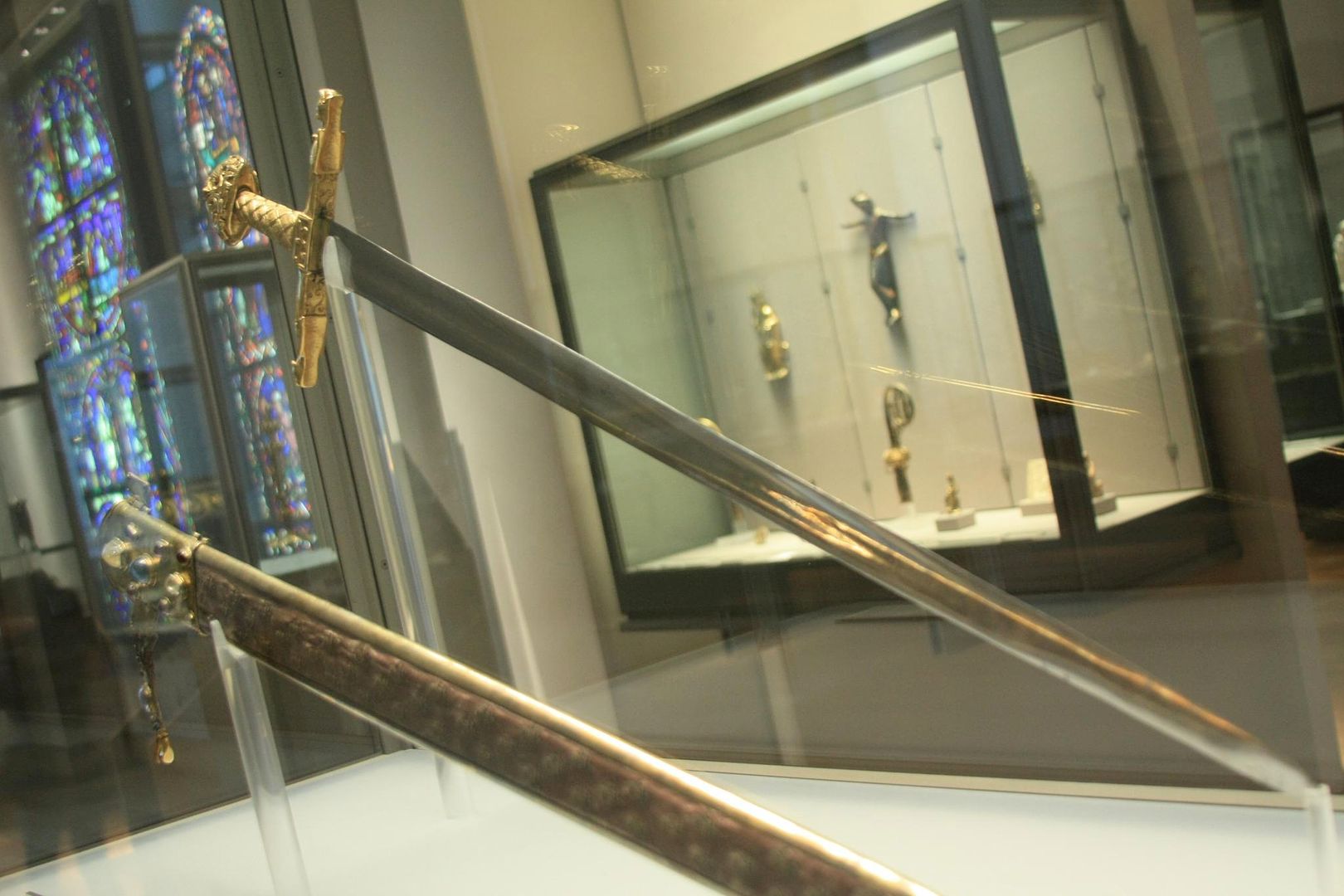
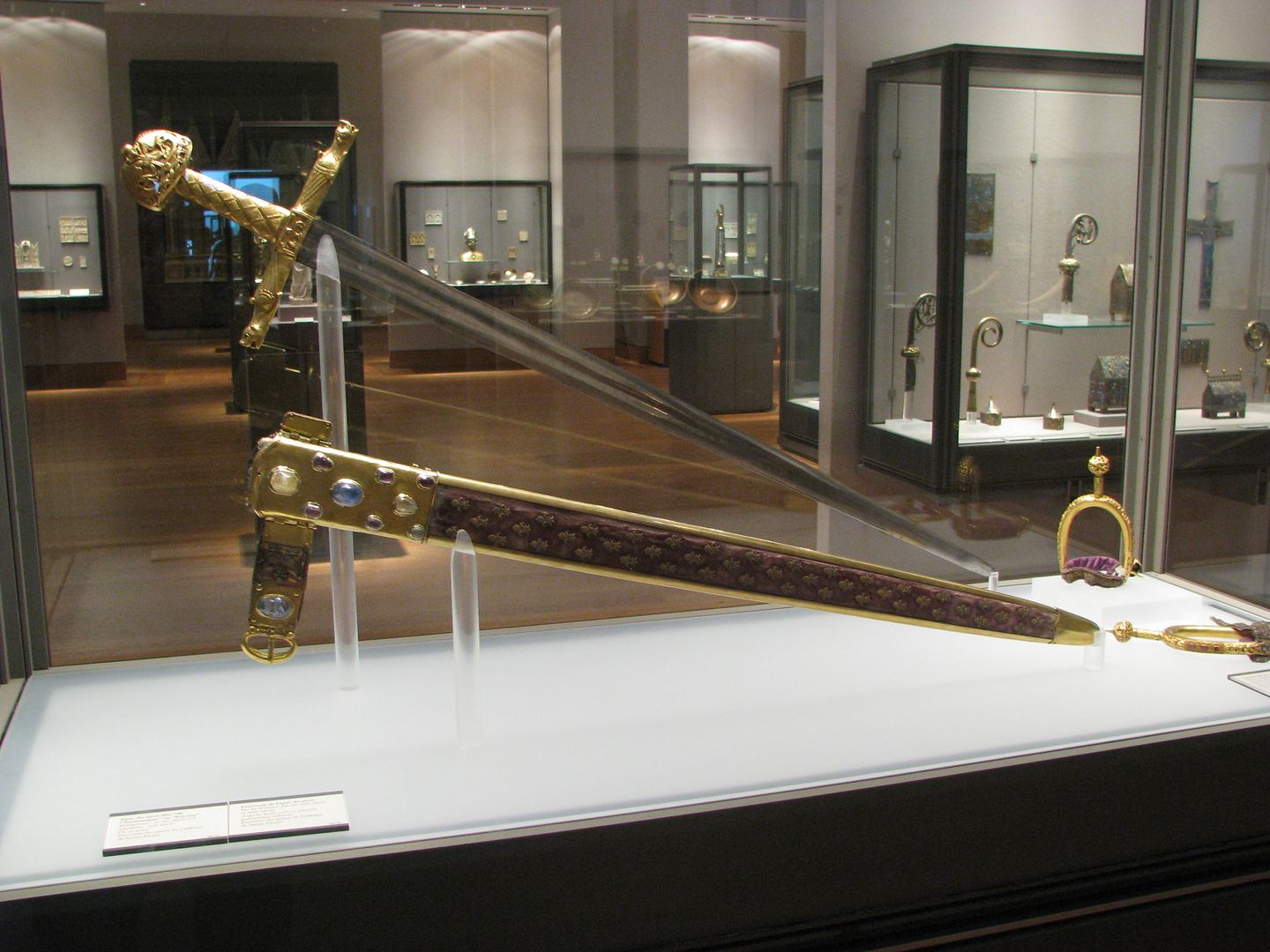
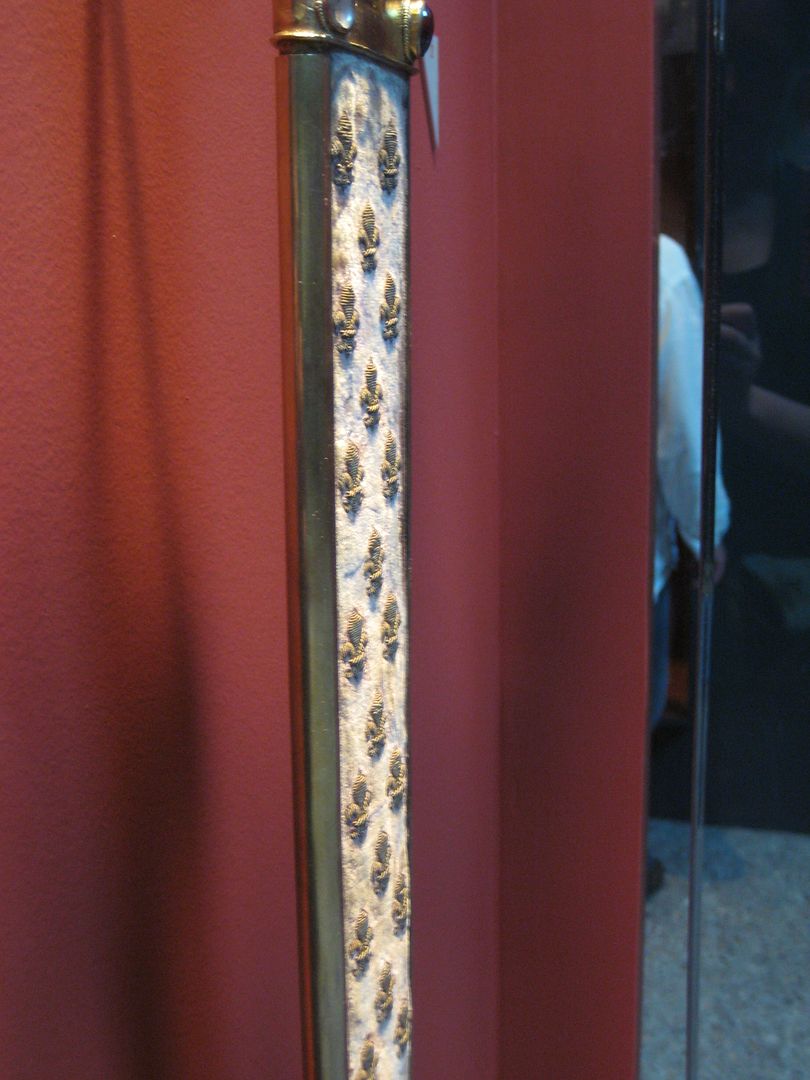
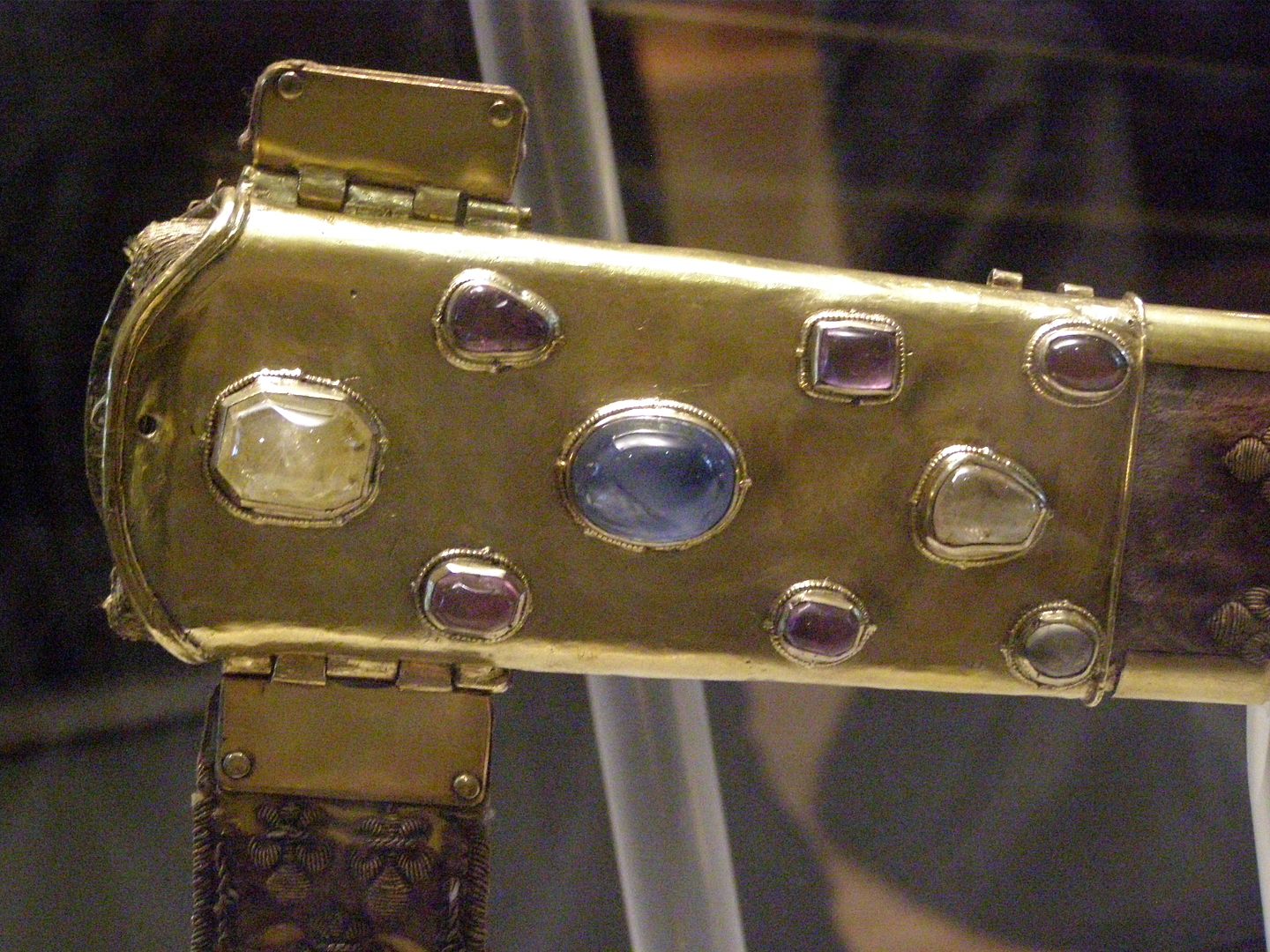
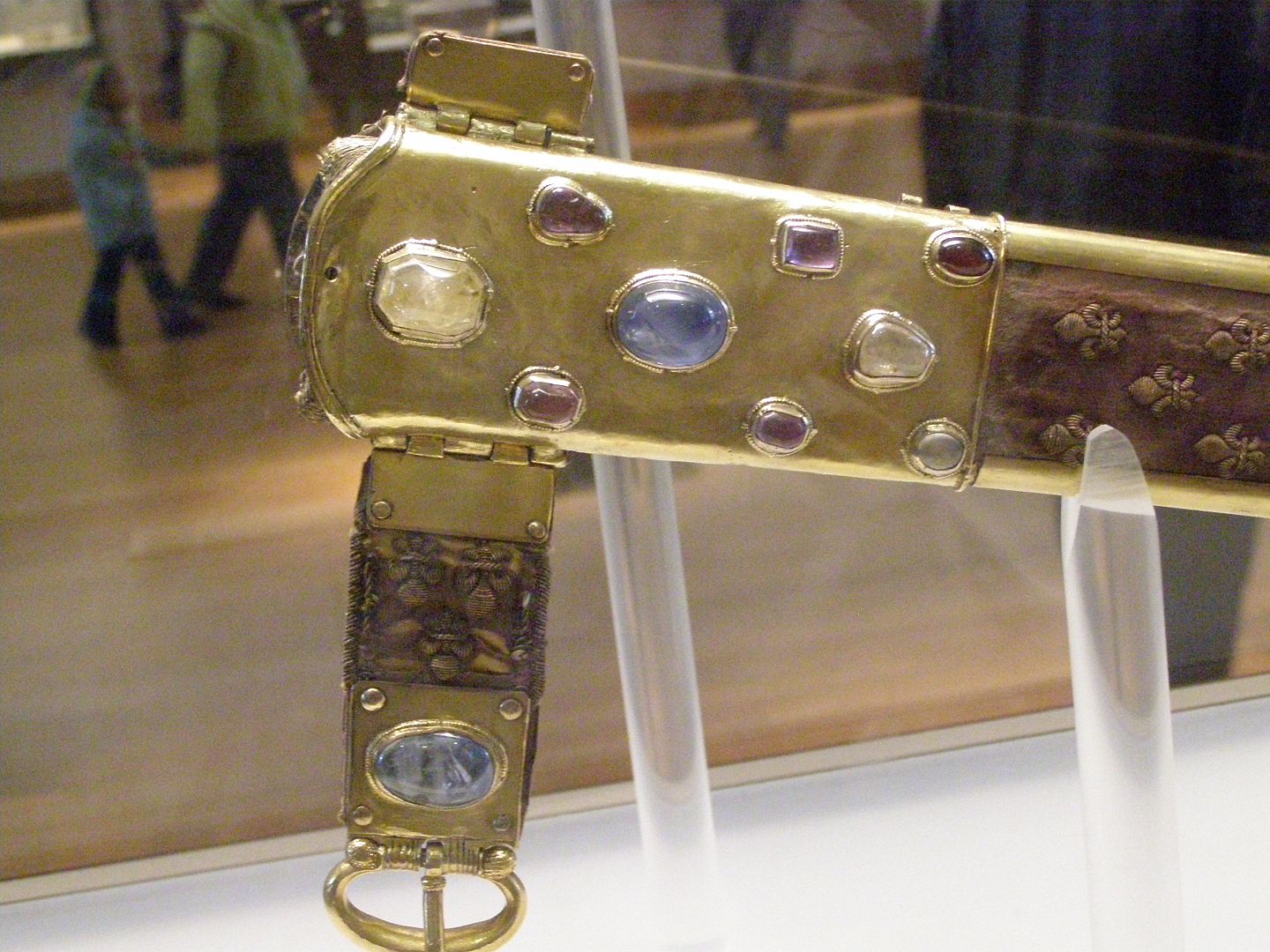
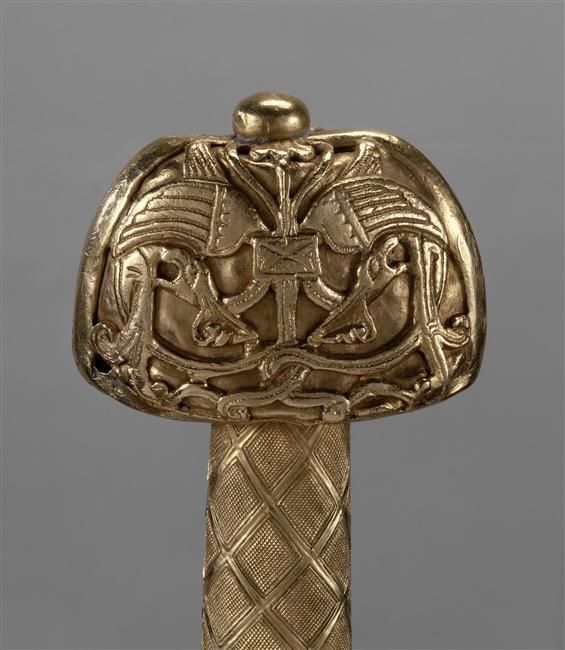

Coronation sword and scabbard of the Kings of France
Also known as: “La Joyeuse”, “Sword of Charlemagne”
Dated: 10th-11th centuries (pommel), 12th century (cross-guards), 13th century (spindle) and 19th century
Culture: French
Found: Treasury of the Abbey of Saint-Denis, France
Medium: Gold, steel, glass beads, gilt silver, cabochons, gemstones, embroidered velvet
Measurements: H. 1.05 m; W. 0.22 m
The coronation sword of the Kings of France entered the collections of the Louvre following the French Revolution, together with the other ceremonial items previously held in the treasury of the abbey of Saint-Denis. With some of the ornaments on the pommel dating as far back as the tenth and eleventh centuries, this sword is one of the oldest surviving examples of French regalia.
Regalia
Kept in the royal abbey of Saint-Denis, items of regalia were used during the coronation ceremonies of the Kings of France, which took place at Reims. In the first part of the celebration, the king received the insignia of knighthood, consisting of spurs and the sword. Throughout the rest of the ceremony, the sword was entrusted to the "Connétable", who held it with the blade pointing upwards. The treasury of Saint-Denis possessed several medieval swords, but of these only the one in the Louvre seems to be the celebrated “Joyeuse”.
"La Joyeuse"
The sword of Charlemagne is the only one known to have served as the coronation sword of the Kings of France. Dubbed "La Joyeuse", it was already celebrated in early medieval "chansons de geste." It is possible that it was first used for the coronation of Philippe Auguste in 1179, but it is first mentioned at the coronation of Philippe III the Bold in 1271.
Different techniques, different periods
The sword is composed of a great variety of elements. Both sides of the pommel are decorated with a repoussé motif representing birds affrontee, similar to Scandinavian ornaments of the tenth and eleventh centuries. The two cross-guards, in the form of stylized winged dragon figures, can be dated to the twelfth century. The gold spindle, covered with a diamond net pattern, seems to be from the thirteenth or fourteenth century.
The scabbard, a long velvet sheath embroidered with fleur-de-lis, was added much later, for the coronation of Charles X in 1825. The oldest elements of this scabbard are, on the one hand, the large metal plate adorned with gemstones mounted on filigree bezels, characteristic of the second half of the thirteenth century, and, on the other hand, the buckle and buckle plate. Despite these extensive additions and alterations, the sword remains a valuable example of the magnificent regalia used for the coronation of the Kings of France.
The heavily sculpted gold pommel is made in two halves, resembling a bulky Oakeshott type B, 2.1" (53mm) high. The 4.2" (107mm) long gold grip was decorated with fleurs-de-lis inside the diamond patterning, but those were removed for the coronation of Napoleon I in 1804. The gold cross is an Oakeshott style 1, 8.9" wide (226mm), and in the shape of two winged dragons with lapis azuli beads for eyes. The cross was stamped in the 13th century with the weight of the gold in the hilt, the text reading as follows: Deux marcs et demi et dix esterlins ("two marks and half and ten sterlings").
The blade is a rather slender Oakeshott type XII. It has a relatively wide, shallow fuller. The blade is 32.6" (828mm) long and 1.77" (45mm) wide at the base. There are differing views on the age of the blade, one school thinking it was forged when the sword got an overhaul in 1804, the other (and in my view probably correct) thinking it is medieval.
As with other coronation swords, there's a scabbard. It is made of gilded silver, the 6" (155mm) throat decorated along its length with gems, while the rest is covered with purple velvet and decorated with fleurs-de-lis embroidered with gold thread. The velvet and fleurs-de-lis were added in 1824 for the coronation of Charles X. The scabbard is 33" (838mm) long and 2.75" (70mm) wide at the throat. A piece of the belt is still in place, fitted with a gilded buckle in a decidedly medieval style.
For more information on Type XII swords see this extract from Ewart Oakeshott's Records of the Medieval Sword: sword-site.com/thread/127/oakeshott-type-records-medieval-sword
Source: en.wikipedia.org/wiki/Joyeuse

.png?width=1920&height=1080&fit=bounds)